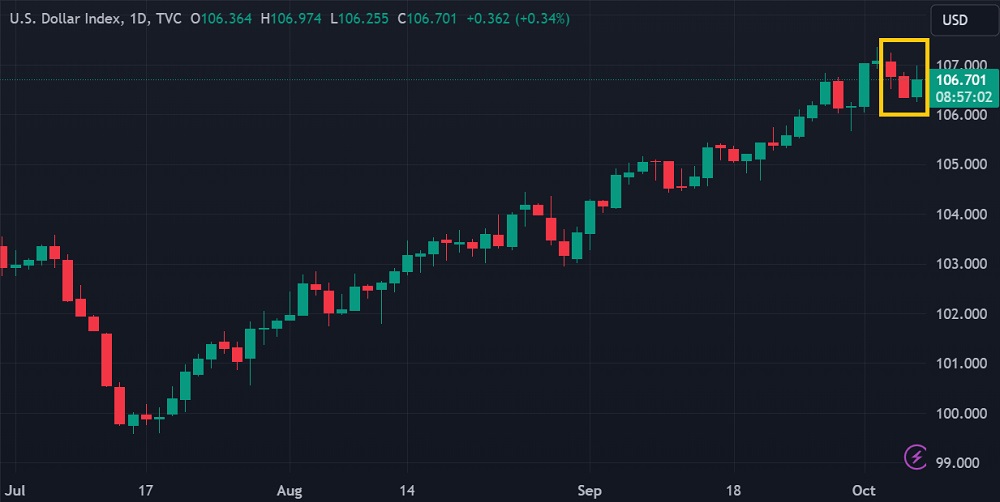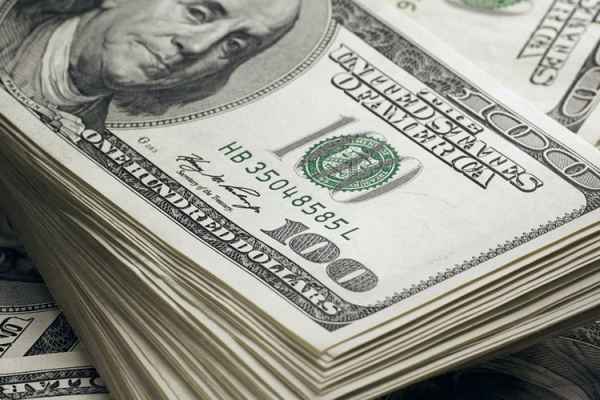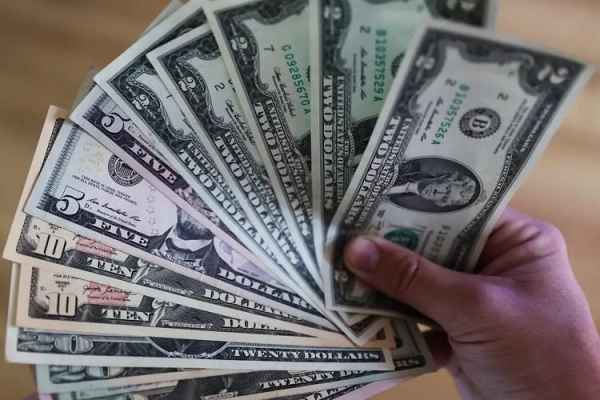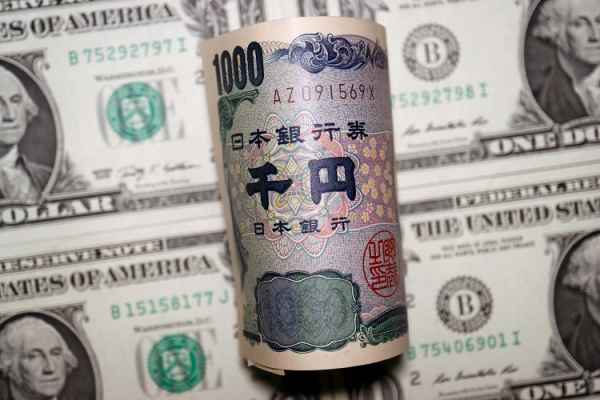NFP data delivered a remarkable surprise, causing market participants to overlook several disappointing U.S. employment-related data points.
The U.S. Dollar strengthened again during the New York trading session on Friday, October 6th. Actual Nonfarm Payroll (NFP) data exceeded market expectations, allowing the greenback to regain its position against other major currencies.
EUR/USD and GBP/USD each slipped around 0.3%. USD/JPY also advanced back into the 149.50 range. As a result, the U.S. Dollar Index (DXY) was seen holding its ground around the 106.70 range.

NFP data increased by 336k in September 2023, nearly double the consensus estimate of only 170k. August NFP data was also revised up from 187k to 227k.
The surprise in the NFP data was quite explosive, causing market participants to overlook several disappointing U.S. employment-related data points. The U.S. unemployment rate remained stagnant at 3.8%. Average hourly earnings growth was only 0.2% in September 2023, slower than the consensus estimate of 0.3%.
Mohamed A. El-Erian, President of Queens' College at the University of Cambridge and advisor to Allianz, suggested that in light of the Federal Reserve's emphasis on data reliance, the NFP data would prompt the market to anticipate a rate hike by the Fed on November 1st.
"Today's monstrous payrolls print and the upward revision to the August numbers once again highlights the difficulty in shorting the dollar in this macro environment," said Simon Harvey, Head of FX Analysis in Monex Europe.
"If it isn't risk conditions taking a beating from a sell-off in Treasuries, it's the US exceptionalism narrative supporting the dollar," he added.
In recent times, analysts have been increasingly using the term "U.S. exceptionalism." This term refers to the belief that the U.S. economic outlook is significantly stronger than that of other major countries.
U.S. exceptionalism has broad implications. It suggests that the Federal Reserve will be able to raise interest rates once again and/or maintain high-interest rates in the face of a resilient economy. Meanwhile, other major countries are compelled to apply the brakes on rate hikes earlier due to the risk of triggering a recession with further rate increases. This means that the fundamentals of the U.S. dollar will continue to be supported by its interest rate advantage.
The positions of various major currency pairs have now reached extreme levels, limiting the room for a U.S. dollar rally. Nevertheless, sellers of the USD lack the momentum to trigger significant trend changes.

 Dedicated FREE FOREX VPS
Dedicated FREE FOREX VPS Free FOREX Virtual Private Server
Free FOREX Virtual Private Server MT4 Demo Contest, Get $500
MT4 Demo Contest, Get $500 Sign Up for an Account, Claim 60% Deposit Bonus
Sign Up for an Account, Claim 60% Deposit Bonus Free MT4/MT5 VPS 2024
Free MT4/MT5 VPS 2024 Send E-mail and Get Free Merchandise
Send E-mail and Get Free Merchandise $1K Refer a Friend Bonus for Pepperstone Pro clients
$1K Refer a Friend Bonus for Pepperstone Pro clients Maximize Your Earnings with 100% Deposit bonus
Maximize Your Earnings with 100% Deposit bonus Trade to Win, $5,000 Monthly Demo Contest
Trade to Win, $5,000 Monthly Demo Contest Claim 30% + 15% Deposit Bonus from LiteFinance
Claim 30% + 15% Deposit Bonus from LiteFinance






